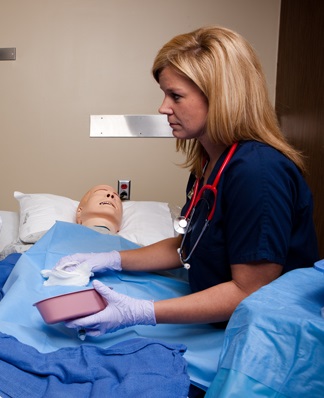blog


The Joint Commission has found inadequate safety culture to be a significant contributing factor to adverse outcomes. To support this finding, The Joint Commission recently expanded on and re-emphasized the need for the leadership of healthcare organizations to create an effective culture of safety.
Safety culture is the sum of what an organization is and does in the pursuit of safety. Implementing an effective culture of safety requires a multi-layered approach that starts from the top down. Leaders must model appropriate behavior and back up their words with actions. Leadership also must allow staff the freedom to raise safety concerns and report errors without fear of retaliation and recognize these actions as a positive force for quality improvement within the organization. The Joint Commission supports using culture and system assessments regularly to measure progress and to support all efforts with training initiatives.
An effective safety culture save lives. In a 2016 study, Johns Hopkins researchers analyzed medical death rate data over an eight year period. The researchers calculated that more than 250,000 deaths per year are due to medical errors in the U.S. That figure would make medical errors the third leading cause of death in the U.S. behind heart disease and cancer.
The Joint Commission has found that inadequate leadership can contribute to adverse events in various ways, including:
Leaders can build safety cultures by readily and willingly participating with care team members in initiatives designed to develop and emulate safety culture characteristics. Open and honest communication between staff and management around quality and safety issues and a willingness to implement quality improvement initiatives to address the issues raised is critical to establish and improve safety outcomes and to reduce adverse events.
How do leaders create an effective culture of safety? The Joint Commission recommends that organizations:
The Joint Commission introduced patient safety culture concepts in 2008 and has continued to publish guidance and alerts regularly to encourage facilities to take action on this mission-critical initiative. This includes The Patient Safety Systems (PS) chapter of The Joint Commission’s Comprehensive Accreditation Manual for Hospitals which emphasizes the importance of safety culture. As of Jan. 1, 2017, the chapter expanded to critical access hospitals, and to ambulatory care and office-based surgery settings.
The evidence shows that healthcare leaders can impact the culture of safety to reduce adverse events and improve safety outcomes.
HealthStream’s learning management system and healthcare training solutions support medical training initiatives and allow for the best patient care.
View All Learning & PerformanceExpand the decision-making skills and effectiveness of your healthcare workforce with HealthStream's workforce development programs and services.
View All Clinical DevelopmentComprehensive, industry-leading provider onboarding and credentialing software that validates health outcomes and supports provider assessment.
View All CredentialingMake sure your healthcare staff can schedule out appointments and work schedules with ease using our line of nurse scheduling software solutions.
View All SchedulingWhen you enact HealthStream's quality compliance solutions, you can do so with the confidence your healthcare organization will meet all standards of care.
View All Quality & ComplianceUtilize patient access solutions and advanced reimbursement solutions to manage clinical denials and improve your organization’s reimbursement strategy.
View All ReimbursementLearn about our advanced resuscitation training solutions. Our solutions are designed to help improve patient outcomes.
View All Resuscitation